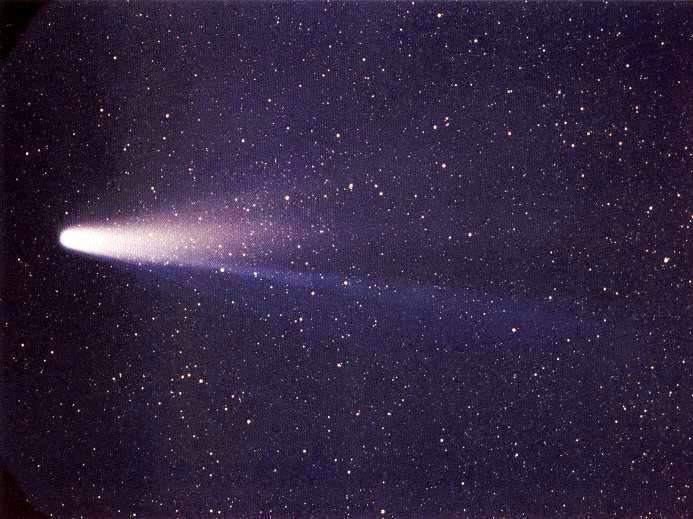Comet Lovejoy and Ursids Meteor Shower 2014 to light up the night sky this Christmas

Two astronomical phenomena are set to light up the night sky this December making the Christmas season extra special. Comet Lovejoy and Ursids Meteor Shower will happen this month.
Comet C/2014 Q2, also known as Comet Lovejoy, will be visible to the naked eye around the last week of December. According to reports, the comet is heading to the northwest direction from the south at an incredible speed. The comet will be passing the constellation Lepus the Hare heading to Orion. People in the northern hemisphere will enjoy the view of the comet's brilliance, which is reported to have a brightness level of the fifth magnitude by that time.
The Comet Lovejoy will be at its closest point to Earth on Jan. 7 at a distance of 70 million kilometers. It is reported to be half of the Moon's diameter, and astronomers noted its fast progress. There are conflicting reports regarding the comet's revolution though. According to calculations, the comet orbits the sun every 8,000 years; others report, however, that it revolves around the sun every 13,500 years with aphelion distance of 170 billion kilometers. Thus, this would be the only chance to witness the comet.
Comet Lovejoy was discovered by Australian amateur astronomer Terry Lovejoy, which is his fifth and most recent discovery. The astronomer discovered the comet while it was still in its 15th level of brightness.
Meanwhile, the Ursids meteor shower is also happening this month and will peak on the night of Dec. 22 and 23. Although this is considered as a minor astronomical event, it is still a must-see event. The Ursids meteor shower is seen as Earth passes through the dust grains left by comet Tuttle. The meteor shower will show around five to 10 meteors per hour.
Stargazers will be able to see the meteor shower clearly due to the new moon that night. It is best to view the phenomenon after midnight far from city lights.











